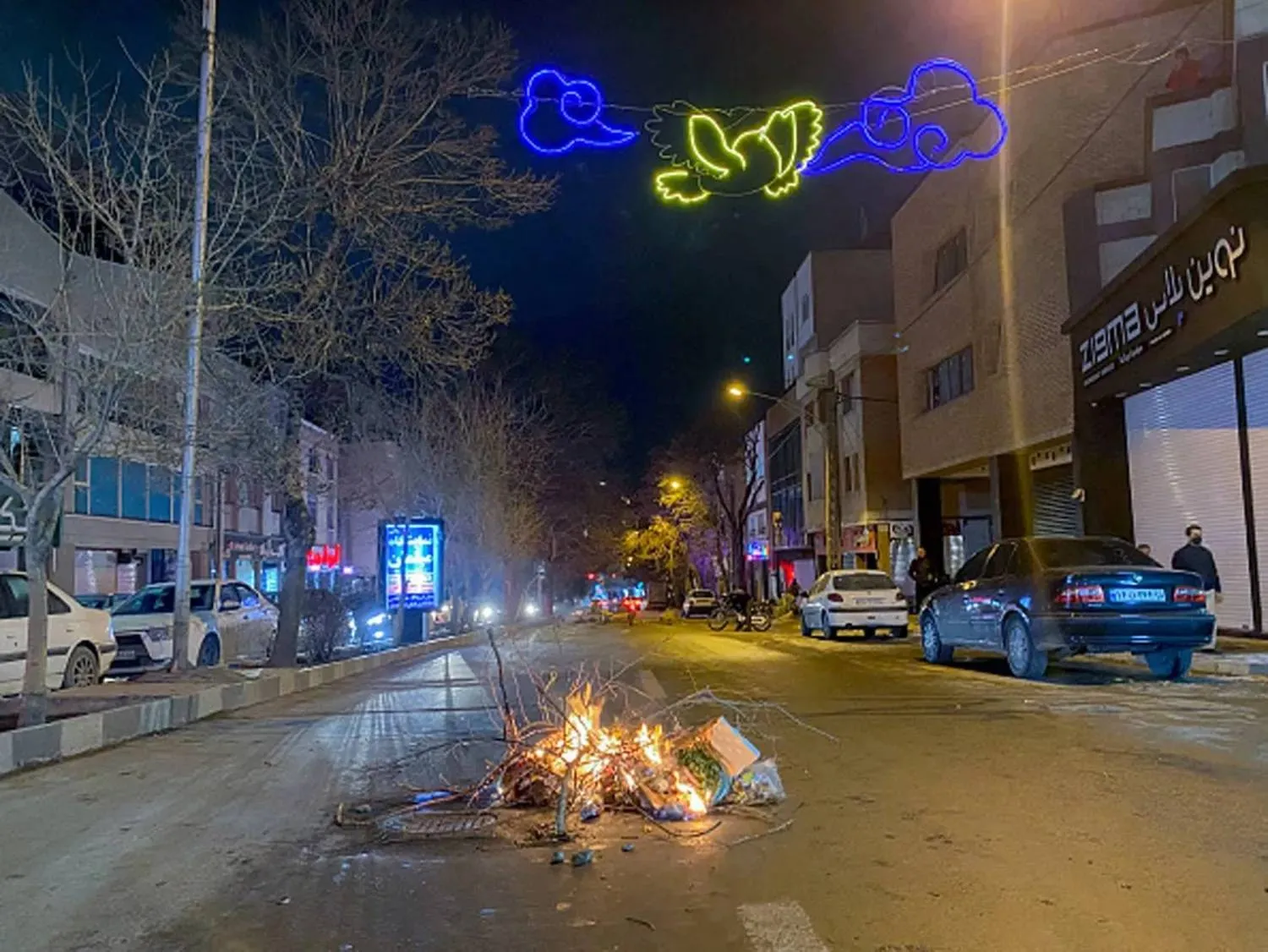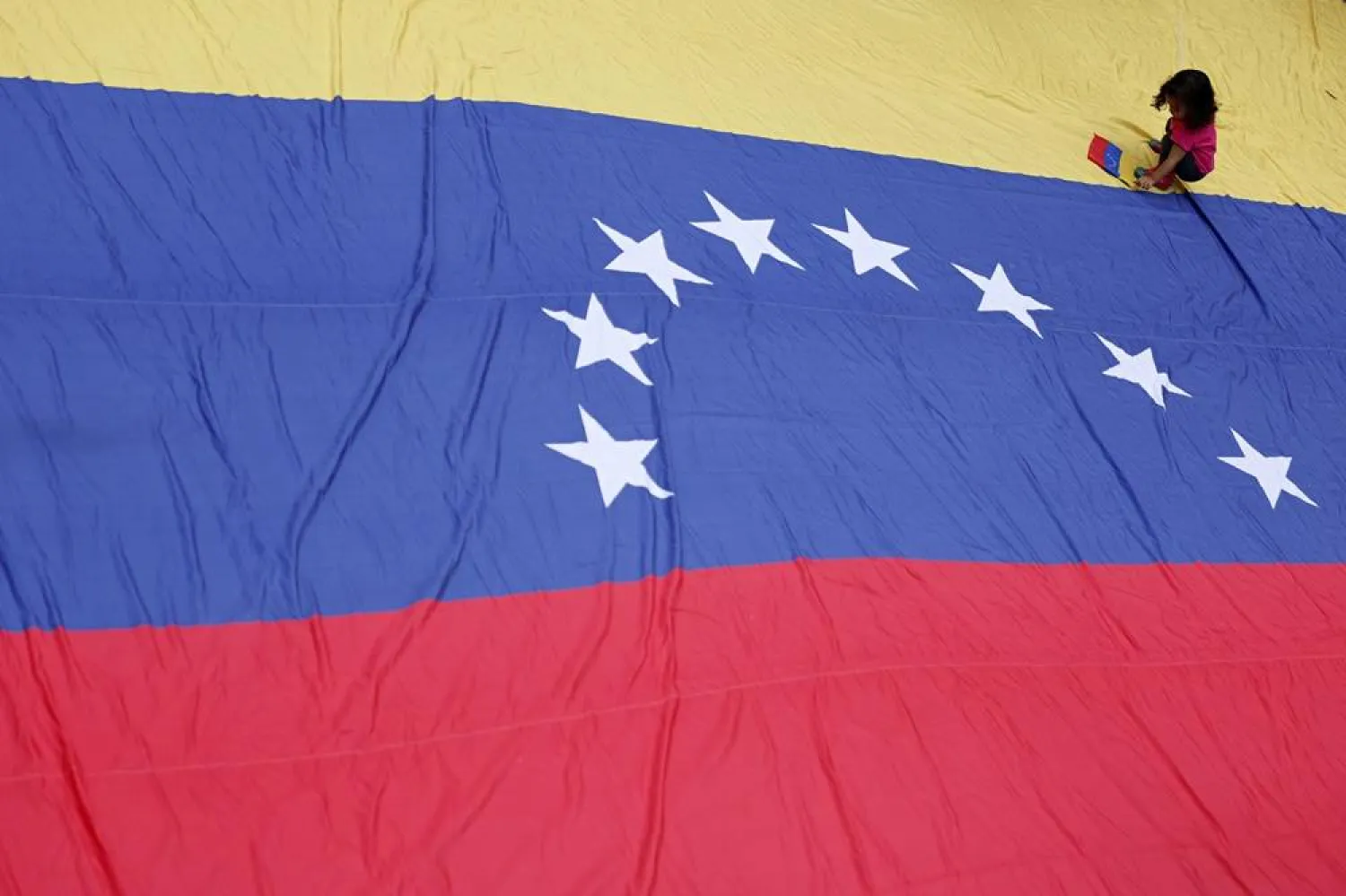Moscow and Washington are collecting negotiating cards in Syria - each according to its priorities - in preparation for a new round of dialogue between the two sides, which will be attended by the US National Security Council’s coordinator for the Middle East, Brett McGurk, Russian Deputy Foreign Minister Sergei Vershinin, and Presidential Envoy Alexander Lavrentiev.
The upcoming round of dialogue will be the first after the “Afghan journey”, and will go beyond the previous secret tour that was held in Geneva at the beginning of July, and resulted in a “historic” agreement on a draft resolution for “cross-border” and “cross-lines” humanitarian aid to Syria.
Russia is moving in the south and north of the country, with its eastern and western wings, to present itself as the main negotiator between the warring parties. The Russian strike on the camp of a pro-Turkish Syrian opposition faction in the countryside of Aleppo was not accidental. As usual, Moscow does not threaten to raid, but directly bombs to obtain a compromise. This happened at the beginning of 2020 when a Turkish military base was struck south of Idlib to force Ankara to make concessions ahead of a meeting between Presidents Vladimir Putin and Recep Tayyip Erdogan.
This was repeated two days ago in the countryside of Afrin. At the beginning of 2018, Moscow allowed Ankara to use the airspace of northern Syria to launch its “Olive Branch” operation in the city of a Kurdish majority.
The recent airstrike in the Afrin countryside was a Russian reminder to Turkey of the need for its consent.
What was the goal this time?
There was an aid convoy waiting to pass “across the lines” from Aleppo to the Idlib countryside, that is, from government-controlled areas to the opposition enclave, and Ankara was slow to provide approval.
After the strike, the convoy could finally pass. Moscow achieved a great political goal, represented by strengthening the trend to provide humanitarian aid “across the lines” in the three areas of influence, i.e. to consolidate and expand the idea of providing aid from Damascus in exchange for reducing dependence on “the Turkish border,” in implementation of the Russian-US understanding.
The Russian delegation had succeeded in obtaining a concession from the Americans in Geneva, by increasing reliance on “cross-line” aid to accept the extension of the international resolution. This is a political goal for Moscow, aimed at “consolidating the recognition of the Syrian government”, and was reflected in the remarks of the UN Under-Secretary-General, Martin Griffiths, when he called for engagement with the Syrian government.
There were other Russian “strikes”. In the south, government forces, specifically the Fourth Division, were “allowed” to attack the last opposition neighborhoods of Daraa. There was a double reminder for Damascus and Daraa: The need for the mediation of the Hmeimim base. After the strike, the Russian police entered what is known as the “cradle of the revolution” in Syria – the starting place of one of the “color revolutions” that Moscow despises. So from this particular area, this revolution must end.
In the broader context, this strike aims to extend the government’s influence and control to reach the Jordanian borders, “restore its legitimacy”, and open economic channels with the Gulf and Jordan.
In the eastern side of the north, the Turkish bombing of the positions of the Syrian Democratic Forces, the allies of the United States, was taking place under the Russian eye.
It is “okay” for Russia to remind the Kurds of the importance of its “satisfaction” with the understandings in the east of the Euphrates between the armies of Washington and Moscow, between the forces of Ankara and Moscow, and with Damascus, which raised its expectations after the US withdrawal from Afghanistan.
What about the United States?
Syria is not a priority for the Joe Biden administration. But the price this administration paid for its withdrawal from Afghanistan helped it define more precisely its goals in Syria.
In his farewell speech to two decades of intervention in Kabul, Biden said that the era of nation-building or regime change ended in Afghanistan and others, that is, in Syria as well, and that the priority now was to fight terrorism, specifically ISIS.
Thus, the US condemnations of the bombing of northern and southern Syria are nothing more than political statements.
As for the clearest policy, it is the one that the acting US Assistant Secretary of State for Near Eastern Affairs, Joe Hood, brought to Qamishli a few days ago.
“We will not withdraw from northeastern Syria as we did in Afghanistan,” he asserted, knowing that the US presence there is linked to the mission of fighting ISIS in Iraq.
There is a consensus in Washington to continue the fight against ISIS, which parallels the consent to withdraw from Afghanistan. The Biden administration does not want to appear as if it was retreating in the face of Russia and Iran, in addition to the Israeli factor and the pressure exerted by Prime Minister Naftali Bennett during his recent visit to Washington. There are two intertwined factors: Great sympathy for the Kurds in the US, and suspicion over Biden’s position toward Turkish President Recep Tayyip Erdogan. Biden’s stance is different from that of his predecessor, Donald Trump, who wanted to “give the Kurds to Turkey” at the end of 2019.
Syria is among the top Russian priorities in the Middle East. In fact, Moscow is searching for a “successful model” for its vision of “nation-building” through the triad of centralization - decentralization – sovereignty.
But Syria occupies a different position among America’s priorities, with a focus on fighting ISIS and favoring the Kurds. This may be an entry point for an American-Russian intersection in Syria after the “Afghan disappointment.”
There is no doubt that the upcoming McGurk-Vershinin meeting will witness an evaluation of the results of the “historic humanitarian breakthrough” and the possibility of developing it into political deals and arrangements that serve both parties.









